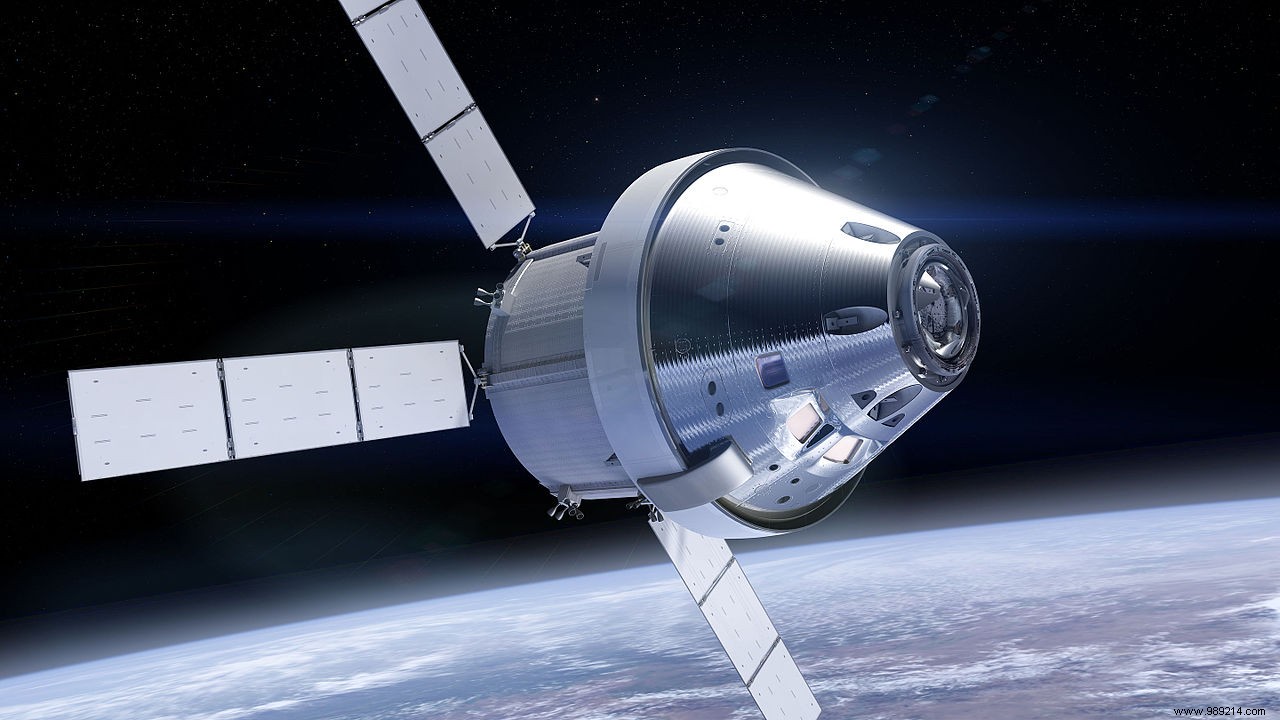NASA will land "the first person of color," in addition to the first woman on the Moon, as part of its Artemis program, said Steve Jurczyk, l Acting Administrator of the United States Space Agency.
President Biden's administration just submitted a $24.7 billion budget proposal to Congress outlining its discretionary spending priorities for fiscal year 2022. The budget proposed includes a funding increase for NASA that will support the Mars sample return mission, climate science and the Artemis program. In a statement, Steve Jurczyk, the acting administrator, also revealed that the agency would bring "the first person of color to the Moon " .
Two years ago, under the leadership of President Trump, NASA had already committed to " landing the first woman on the lunar surface within five years ” . To date, only twelve people have ever walked on the Moon – all Americans and all white men.
Following this new announcement, Steve Jurczyk outlined a goal "consistent with President Biden's commitment" to “ pursue a comprehensive approach to advancing equity for all ” .
This new funding request tells us more about the Biden administration's broader science goals. In the coming months, the President is expected to release a comprehensive budget that will include a more detailed plan for these expenditures.

Regarding the Artemis program, President Trump's administration had set a new human moon landing by 2024. For its part, the Biden administration has not yet specified whether it will would maintain this ambitious timetable. According to several specialists, this milestone could be postponed to 2025, or even 2026.
Regarding the "module" of the moon landing, the US agency has given itself until April 30 to make its decision. The three companies in the running are:Blue Origin, Dynetics and SpaceX.
In the meantime, NASA still plans to launch the first phase of its program in November 2021 from Launch Complex 39 at Kennedy Space Center (Florida). As part of this mission dubbed Artemis I, an Orion spacecraft (photo above) will be capped on the Block 1 version of NASA's heavy launch vehicle:the Space Launch System (SLS).
During this mission, which is expected to last approximately 26 days, the Orion capsule will fly to our satellite and then fly over its far side at an altitude of approximately 150 km. The spacecraft will then be injected into a more distant retrograde orbit that it will travel for six days before starting a second low-altitude pass. It will eventually be reinjected back to Earth to land in the Pacific.